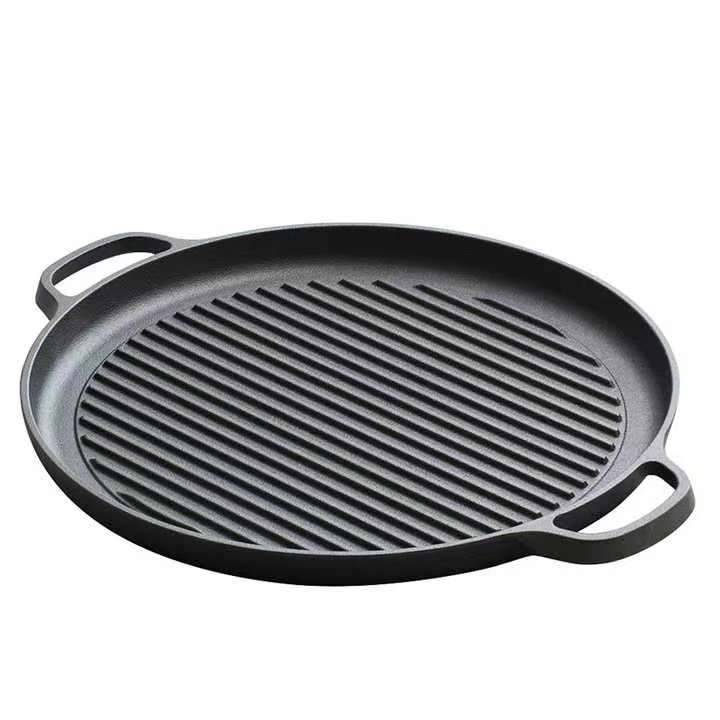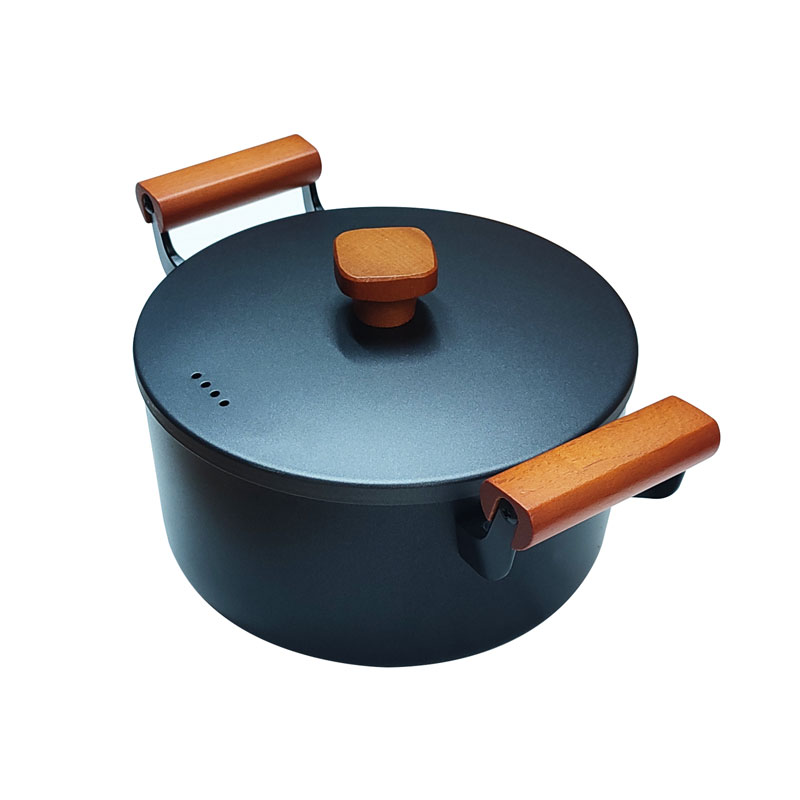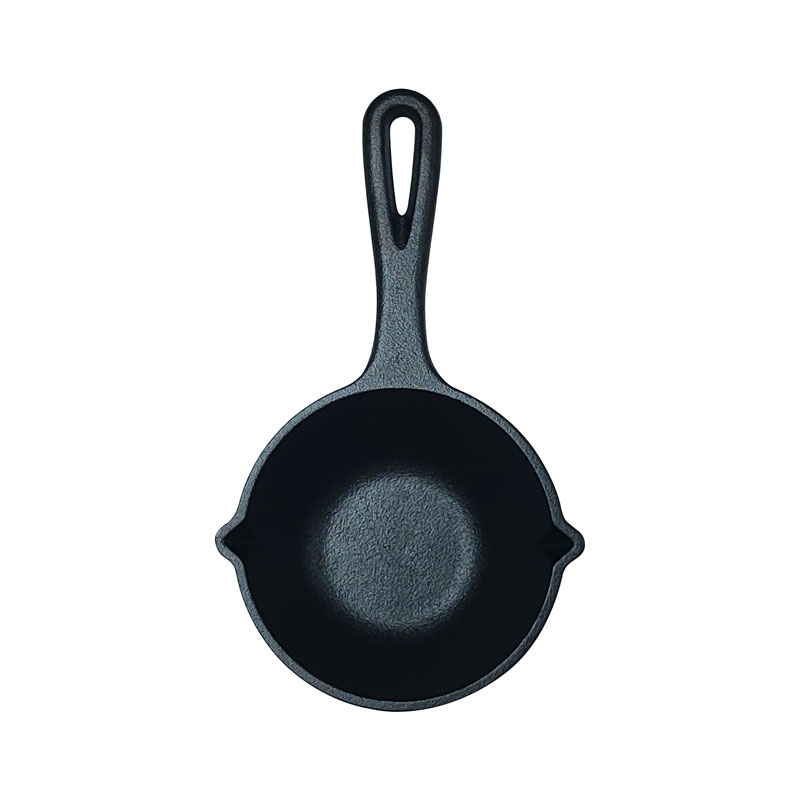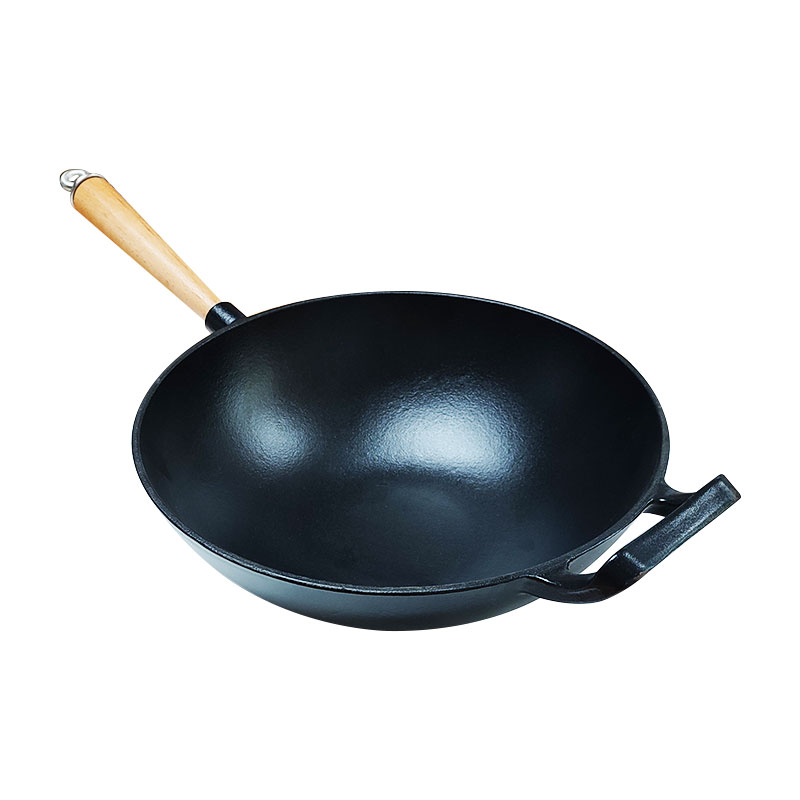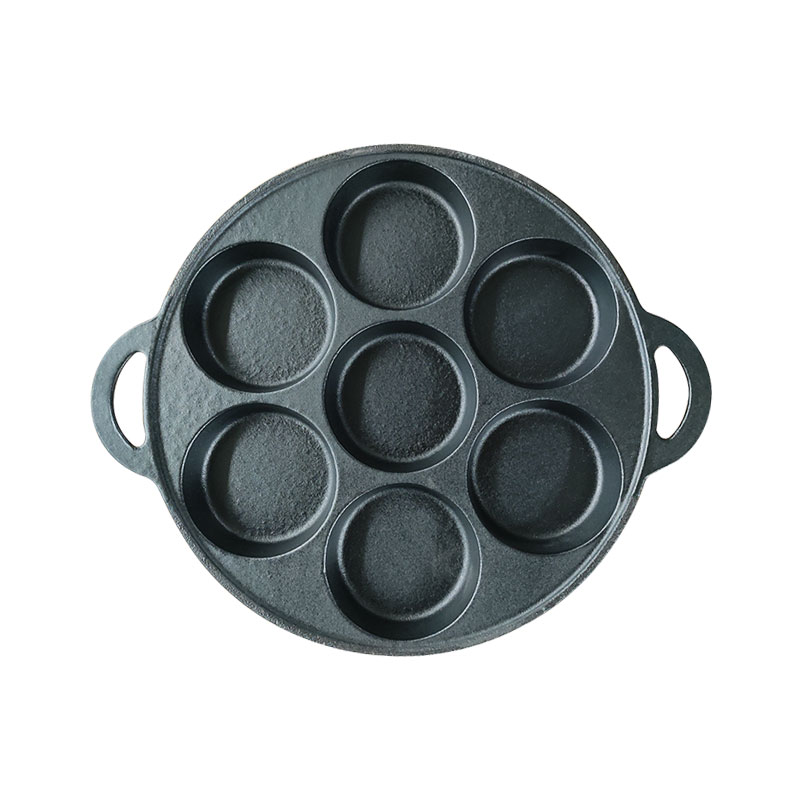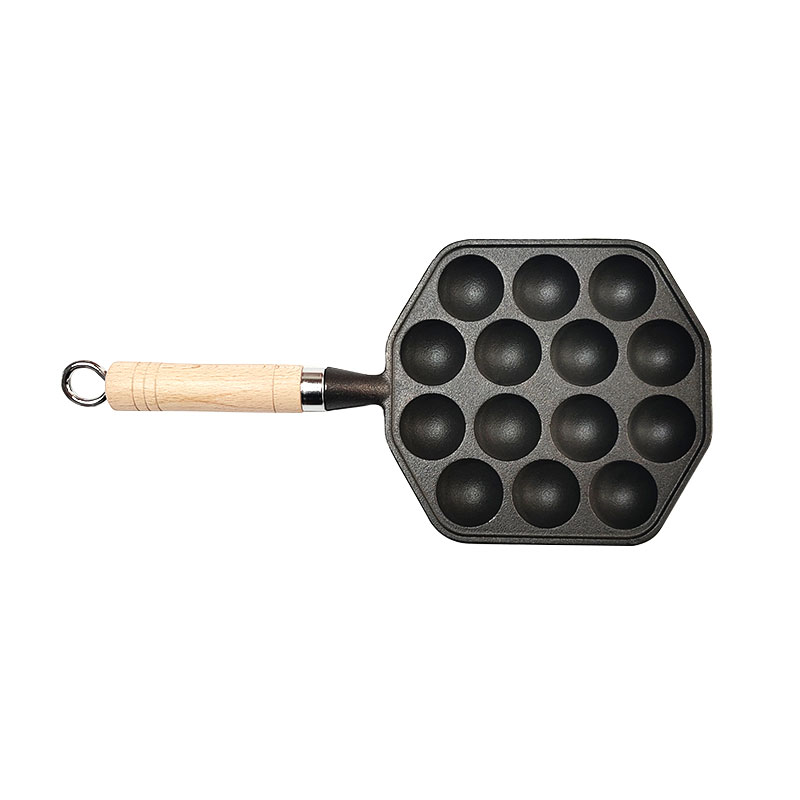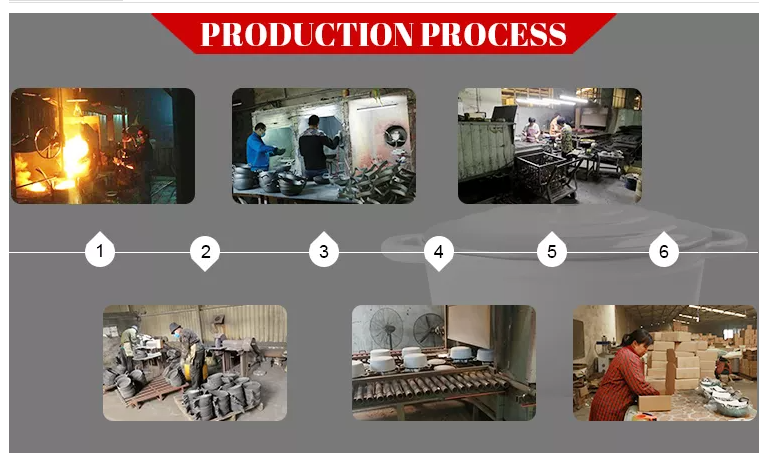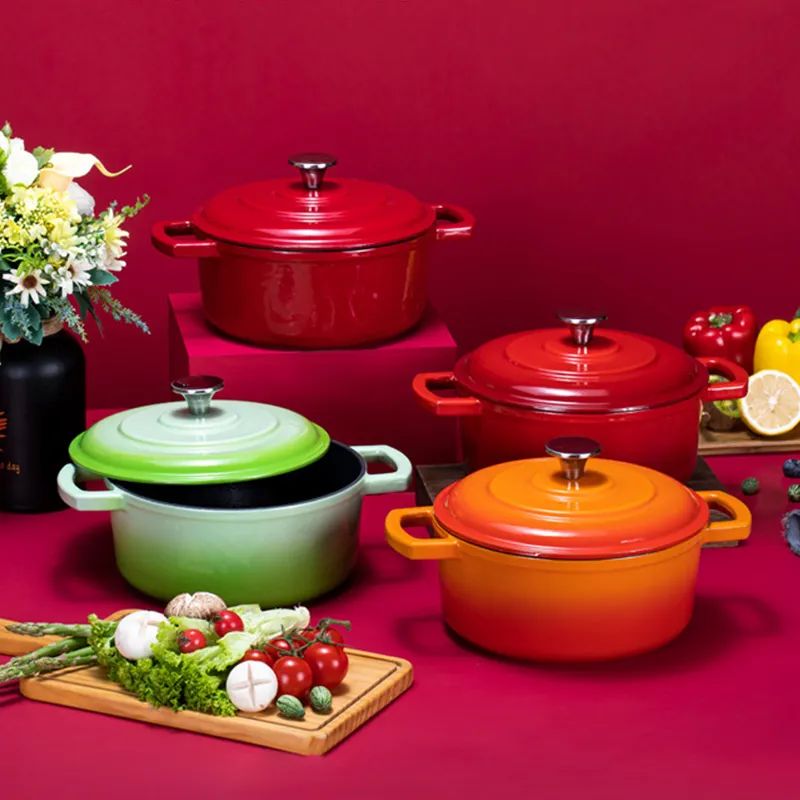Essential details
- Type:Casseroles
- Pot Cover:With Pot Cover
- Material:Cast Iron
- Feature:Sustainable
- Product name:Cast Iron Enamel Cookware Casserole
- Color:Customized Color
- Logo:Customized Logo Acceptable
- Occasion:Giveaways, Business Gifts, Camping, Travel, Retirement, Party, Graduation, Presents, Wedding, Back to School
The Benefits of Enameled Cast Iron: Easy Maintenance and Rust-Free Cooking
Enameled cast iron eliminates the high-maintenance reputation of traditional bare iron. The vitreous enamel glaze creates a non-porous barrier that resists staining and neutralizes reactivity—no more avoiding tomatoes or wine-based braises. Unlike raw iron, it requires no seasoning and won’t rust if left damp, making it ideal for humid kitchens or infrequent users. Cleaning is effortless: most food releases with a soak, and the surface tolerates gentle scrubbing (though abrasive pads should be avoided to preserve the glossy finish). For busy cooks, this durable hybrid offers the heat performance of cast iron with the convenience of modern non-stick.
Why an Oval Enameled Cast Iron Dutch Oven Is Best for Roasting Meats
The oval shape of this Dutch oven is engineered for whole cuts—its elongated cavity accommodates a spatchcocked chicken, duck, or even a small rib roast without crowding, allowing hot air to circulate evenly around the protein. Unlike round pots that force awkward folding of wings or legs, the oval design preserves natural geometry, ensuring consistent browning from breast to thigh. The cast iron core delivers steady, radiant heat that penetrates deeply, while the enamel coating prevents metallic flavors from leaching into delicate meats. When roasting, the self-basting lid traps juices that would otherwise evaporate, yielding fork-tender results with minimal effort. For dishes like coq au vin or porchetta, this shape is unmatched in both functionality and presentation.
Oval vs Round Dutch Oven: Which Shape Works Better for Your Cooking Needs?
Choose based on primary use: Oval pots excel with oblong ingredients—think baguettes, whole fish, or racks of lamb—where their shape prevents uneven cooking. They’re also superior for serving, as their low, wide profile showcases dishes family-style. Round Dutch ovens, however, are versatile workhorses: their symmetrical design ensures even heat distribution for soups, deep-frying, or baking round loaves. The oval’s larger footprint may not fit smaller stovetops, while round pots nest more efficiently in cabinets. If you roast often, opt for oval; if you prioritize multipurpose flexibility, round is the safer bet.










